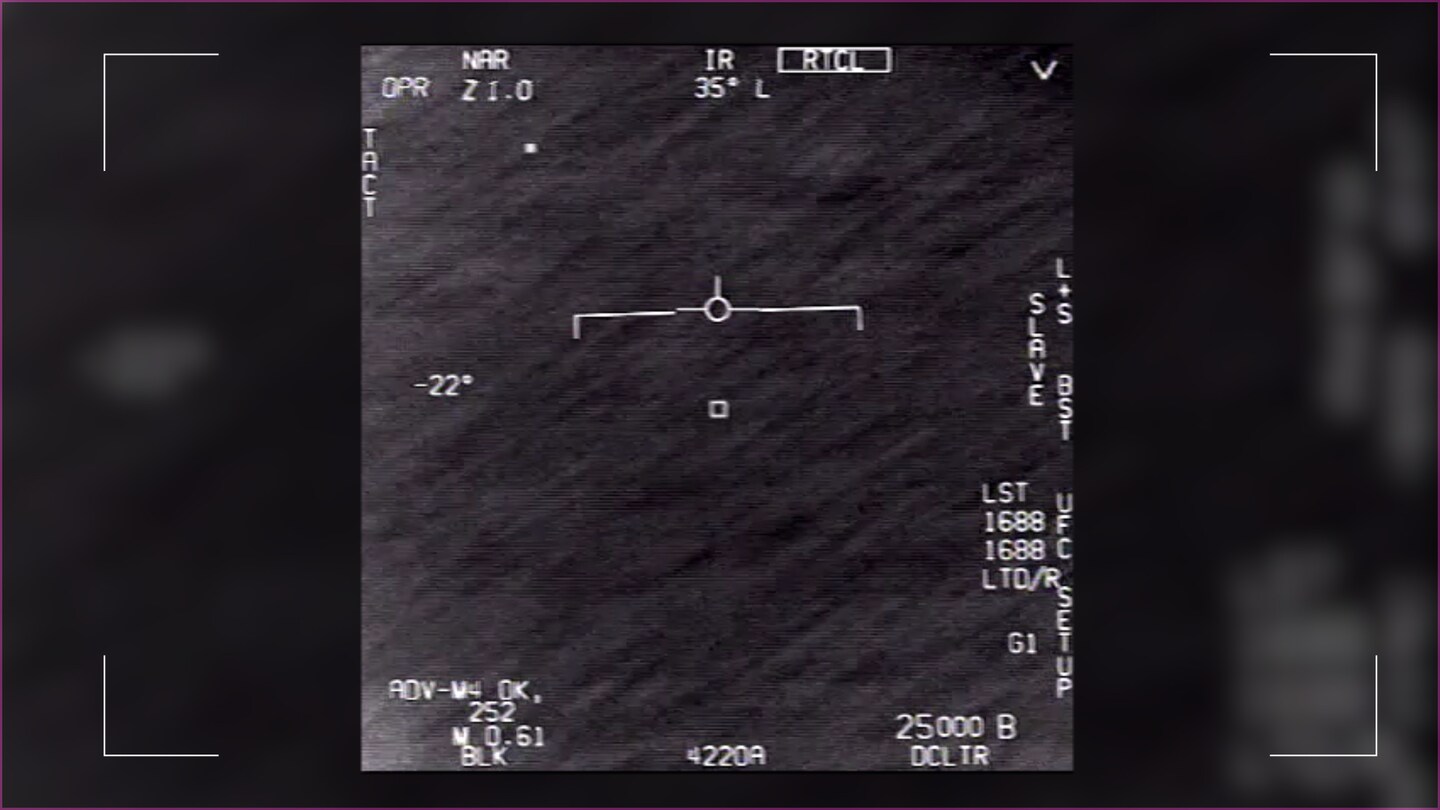60 Minutes UFOs: Ryan Graves says he them saw ‘every day’

Perhaps because for him and some of his former Navy colleagues, such sightings became a regular occurrence.
“Every day,” Graves said in an interview with CBS’s “60 Minutes” that aired Sunday. “Every day for at least a couple years.”
The retired lieutenant’s matter-of-fact remark stopped “60 Minutes” correspondent Bill Whitaker, who cut in: “Wait a minute. Every day for a couple of years?”
“Mhmm,” Graves replied.
Graves has told his story before. But the interview — part of a “60 Minutes” report dedicated to the subject — signaled something new: UFOs are going mainstream.
[embedded content]
The shift — from kooky conspiracy theory to object of congressional inquiry — has accelerated in recent years, fueled by the revival of a Pentagon unit to investigate the sightings.
And in the next six weeks, a report is due that is required to make public everything the government knows about UFOs.
The report, which will be released sometime in June, was mandated by an obscure provision in last year’s $2.3 trillion appropriations bill and requires the director of national intelligence to work with the secretary of defense on a “detailed analysis of unidentified aerial phenomena data and intelligence” gathered by the Office of Naval Intelligence, the Unidentified Aerial Phenomena Task Force and the FBI.
Former director of national intelligence John Ratcliffe hinted in a March interview that the report would be big. Since then, other officials have said it would probably be an interim report with more to come in the months that follow.
Whatever its contents, the authors now have the country’s attention.
And a group of retired military men have been working to ensure that Americans take the issue seriously.
One of them, Luis Elizondo, a former senior intelligence officer and a go-to UAP spokesperson, told Whitaker that any unknown object tooling around U.S. airspace unidentified should be considered a national security risk.
“I’m not telling you that it doesn’t sound wacky,” Elizondo said. “What I’m telling you is it’s real. The question is, what is it? What are its intentions? What are its capabilities?”
Sometimes, there are simple explanations for the objects, he said; but sometimes there aren’t.
What most concerns him are those that intelligence experts can confidently say are not drones, balloons or space junk, but show signs of novel technology.
“Ultimately, when you have exhausted all those what ifs and you’re still left with the fact that this is in our airspace and it’s real, that’s when it becomes compelling, and that’s when it becomes problematic,” Elizondo said.
It’s a straightforward argument: If pilots keep seeing these objects — some of which have flown around U.S. bases — and some of the most clued-in members of the military industrial complex cannot explain them, shouldn’t the country’s leaders try to get to the bottom of it?
This line of thinking has persuaded the likes of Sen. Marco Rubio (R-Fla.), who is vying to succeed former Senate majority leader Harry M. Reid (D-Nev.) as the chamber’s most vocal backer of UFO inquiry.
“Anything that enters an airspace that’s not supposed to be there is a threat,” Rubio said on “60 Minutes.”
Rubio described “a stigma on Capitol Hill” around UFOs — colleagues who roll their eyes or snicker at the prospect of their august body tackling such a subject.
“Some of my colleagues are very interested in this topic, and some kind of, you know, giggle when you bring it up,” Rubio said. “But I don’t think we can allow the stigma to keep us from having an answer to a very fundamental question.”
Rubio, who serves as vice chair of the Senate Intelligence Committee, said the United States should have a method for gathering and studying the data as it comes in — and then comparing notes across agencies. The forthcoming report is supposed to provide a detailed description of a process for doing so.
“I want us to take it seriously and have a process to take it seriously,” Rubio said.
Sunday’s “60 Minutes” episode also introduced close observers to a new voice: former Navy Lt. Cmdr. Alex Dietrich, who said she had an “unsettling” encounter with an unidentified flying object over the Pacific Ocean in 2004.
Dietrich was one of four aviators to see the object, which was also captured by a camera and radar. She and her Navy colleague, Cmdr. Dave Fravor, described a “little white Tic-Tac-looking object” about the size of their fighter jets.
“No predictable movement, no predictable trajectory,” said Dietrich, who hadn’t spoken publicly about the experience before.
The Navy jets were unarmed, and Dietrich recalled feeling vulnerable to attack.
“You know, I think that over beers, we’ve sort of said, ‘Hey man, if I saw this solo, I don’t know that I would have come back and said anything,’ ” Dietrich said, “because it sounds so crazy when I say it.”
It’s a microcosm of the scenario that the officials who are speaking out say they’re trying to avoid. They don’t want the country ill-prepared, they say. But first, they’ll need to get people to listen.
Read more:
This article has been archived for your research. The original version from The Washington Post can be found here.


